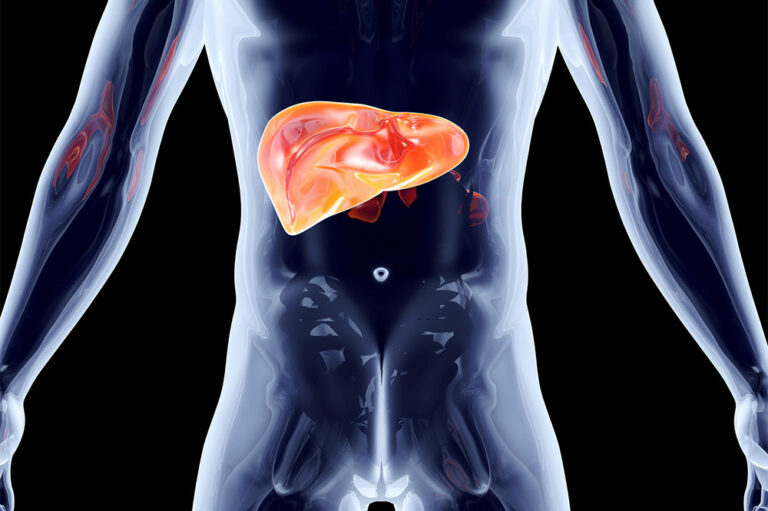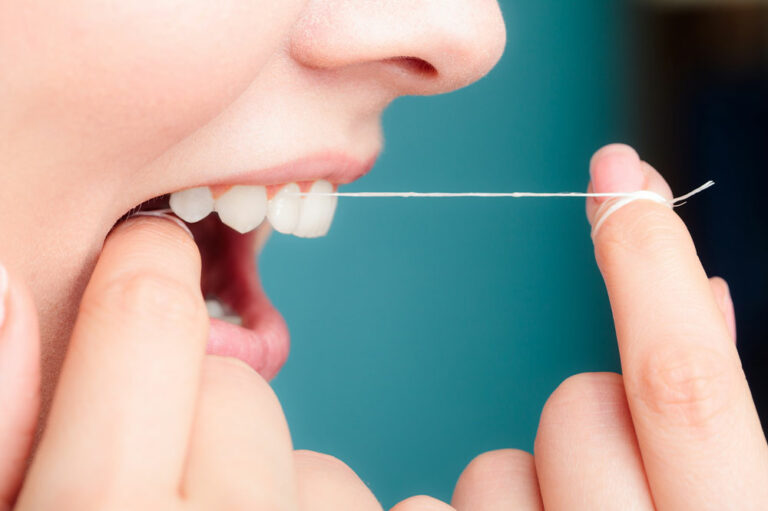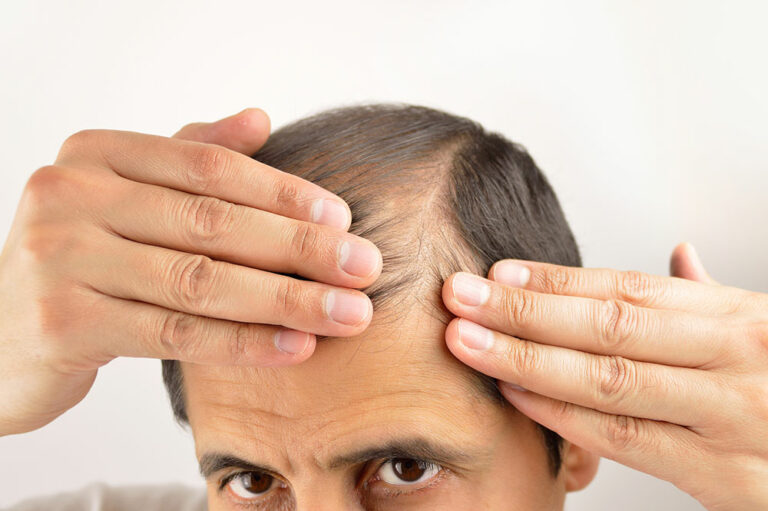
8 ways to manage tardive dyskinesia
Tardive dyskinesia (TD) is a movement disorder characterized by involuntary repetitive movements of specific body parts, most commonly the face. It is usually a side effect of specific treatments that trigger chemical changes in the brain, increasing dopamine sensitivity. Underlying diseases like diabetes and HIV may aggravate the symptoms. Besides seeking timely treatment, here are a few valuable ways to help manage tardive dyskinesia symptoms better in the long run.
Manage comorbid conditions
As mentioned, comorbid conditions like diabetes, HIV, and brain injury can aggravate the symptoms. Hence, patients should get tested for these diseases and manage them well. For example, those with tardive dyskinesia who are diagnosed with diabetes should control their sugar intake and check their blood glucose levels regularly.
Determine the underlying cause
Tardive dyskinesia is typically caused by a treatment course that blocks the brain’s dopamine receptors. One should consult a doctor to identify what treatment is causing the condition. Timely detection of the root cause can help one better manage the symptoms and heal from the condition.
Avoid stress
Many patients with tardive dyskinesia agree that controlling the symptoms is difficult under stressful conditions. Hence, one should identify and eliminate their stressors. For example, individuals in high-pressure jobs should switch to a less stressful or part-time job to reduce workload. Similarly, completing mundane household chores can increase one’s stress levels considerably; therefore, it helps to delegate such tasks to friends, family members, or professionals.
Build a support network
Tardive dyskinesia can be highly distressing, triggering anxiety among patients. Hence, a robust support system is essential to avoid being overwhelmed and heal from the condition steadily. One should connect with friends and family and seek help for daily activities as it ensures sufficient time to rest and recover. Hiring professional help for chores like cooking and cleaning can also take a considerable burden off one’s shoulders. Peer support can play a significant role in the healing process.
Eat foods rich in vitamin E
Several studies have demonstrated the usefulness of vitamin E for reducing tardive dyskinesia symptoms. Hence, patients should incorporate vitamin E-rich foods like avocados, almonds, spinach, sunflower seeds, peanuts, and red sweet pepper into daily meals.
Get enough sleep
It has been observed that tardive dyskinesia symptoms disappear when one is asleep. Conversely, poor sleep quality and lack of rest can worsen these signs. Hence, patients should get adequate, good-quality sleep. One way to fall asleep quickly is to follow sleep practices like sleeping in a dark room and investing in a comfortable mattress.
Stay physically active
Some have confessed to having fewer involuntary body movements with regular exercise. Hence, those with the condition should avoid being sedentary. One can engage in any physical activity, whether walking, jogging, dancing, or swimming.
Schedule regular checkups
Regular health checkups are crucial for people with tardive dyskinesia to monitor the disease’s progression and identify new developments. One should always go prepared for an appointment, noting down new symptoms, side effects of specific interventions, and other queries one may have for the doctor.












